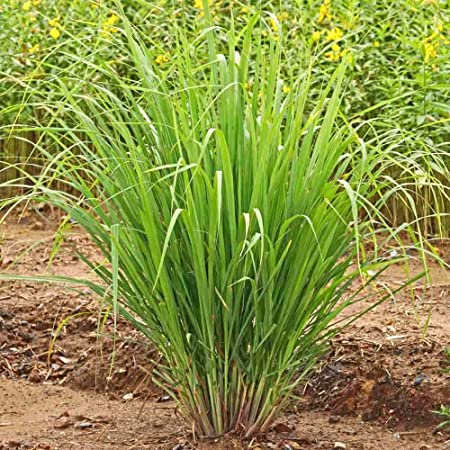What is Giloy Plant?
Indigenous to India, Giloy is a herbaceous vine that thrives in the tropic regions. It is cherished for its therapeutic properties and has been mentioned as ‘Amrita’ in Vedas, which literally means ‘root to immortality.’
The stem and the root of this plant have been used in Ayurveda and Tibetan medicine system for ages to treat several ailments. Giloy has been advocated to treat chronic fevers, boost immunity, relieve anxiety, help in digestion, and keep sugar levels in check.
Here are some awesome Indian medicinal plants and their uses
Best Growing Season for Giloy
You can grow this plant year-round, except for the dormant phase of winters. The months of February to March and July to August are considered the best period for propagation.
How to Grow Giloy Plant at Home
To Grow Giloy Plant at Home, you can propagate it from seeds and stem cutting both.
From Seeds
Purchase good quality seeds from the nursery, and soak them in water overnight. During May-July, sow the seeds in a pot filled with a seed starting mix. Keep at any bright location and mist regularly. The seeds will sprout within 7-10 days. You can transplant the seedling into a container or garden soil after 4-6 weeks.
From Cuttings
- Snip off 5-7 inches long, fresh and healthy stem from the well-established plant.
- Make sure the stem has ample leaf nodes. It is advisable to make the cut at a 45-degree angle.
- Discard the leaves from the bottom of the stem.
- Apply some rooting hormone to the cut section(optional) and plant the cutting directly in a garden bed or container filled with potting mix.
- Keep at a bright but shady place and water regularly.
- Once the seedling bears some leaves, keep it in partial shade for 10 days, and then slowly acclimate it to the full sunlight.
Growing Requirements for Giloy Plant
Sunlight
Giloy plant responds well to 4-6 hours of full sunlight per day. When the plant is young, avoid keeping it in the harsh afternoon sun. Mature plants can easily withstand scorching and direct sunlight for prolonged hours.
Water
Water the container plant deeply and evenly only when the topsoil feels dry to touch. Let the soil surface dry before watering again to avoid waterlogged conditions. Water frequently during the summers and growing phase, but cut down this rate in winter.
Also, minimize or avoid watering the plant during the rainy season, as it will already have ample water, and excess water can cause a fungal problem.
Soil
Soil that is well-draining and well-aerated is optimum. You can choose any sandy, loamy soil with 5.5-7 pH. For containers, consider using a standard potting mix, or you can prepare by blending 4 parts of garden soil, 3 parts of compost or manure, and 1 part of coco peat/ river sand.
Climate
Native to the tropical climate of India, the giloy plant does well in hot and dry climates with moderate rainfall. A mature plant can easily tolerate a wide range of high temperatures, but 25-35 ℃ is the most preferred temperature range.
Pot Size
Though, it is ideal to grow a giloy plant in the garden preferably near a mango or neem tree. But, it’s okay, if you have limited space, you can also thrive it in a 10-12 inches pot with ample drainage holes.
Giloy Plant Care
Fertilizer
Only use organic fertilizer instead of inorganic, chemical feeds. A handful of vermicompost or kitchen scrapes compost once a month does wonder for the giloy plant. You can also apply well-rotted manure periodically for aiding in lush growth.
Support
Giloy is a climber vine plant and asks for some support. You can train its vine to trellis, sticks, or bamboo stakes. But if cultivating it in a garden, then train it on a mango or neem tree for reaping its profound benefits.
Pests and Diseases
To date, the giloy plant has been reported as a pest-free herb. Overwatering may invite potential problems so avoid it at all costs.
Also, for the garden plant, make sure to remove weeds from time to time as they seize the nutrients and water from the nearby plants.
Harvesting / Using Stems and Roots
The giloy stem and root are very much hallowed for their immense medicinal properties. Though the leaves shed during the winters, their beneficial stems are available year-round.
To harvest the stems, see if the plant stem has obtained a width equal to your index finger. Then, you can snip it using shear or pull it out by twisting back and forth. You can dry it for storage purposes.







Reviews
There are no reviews yet.